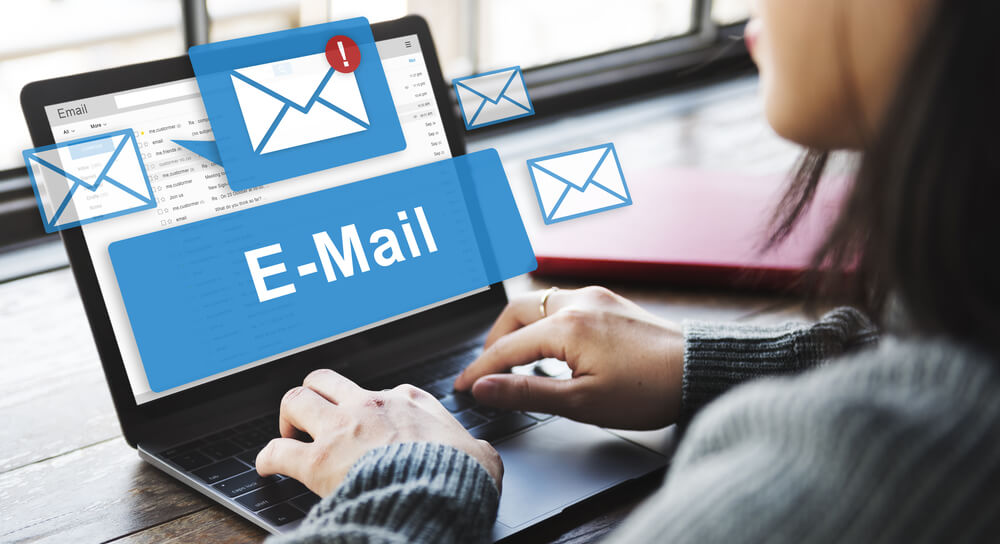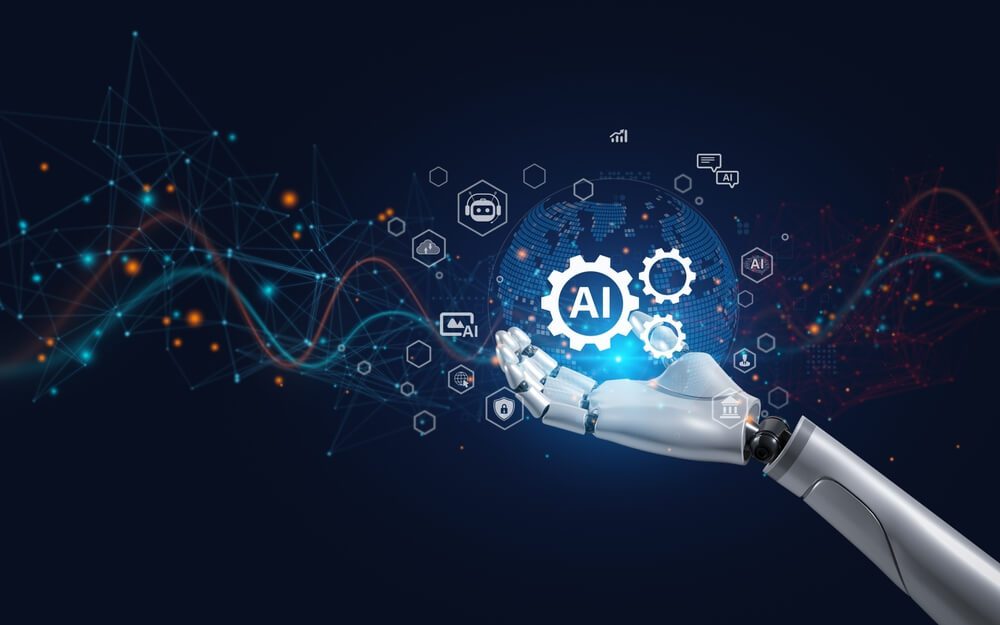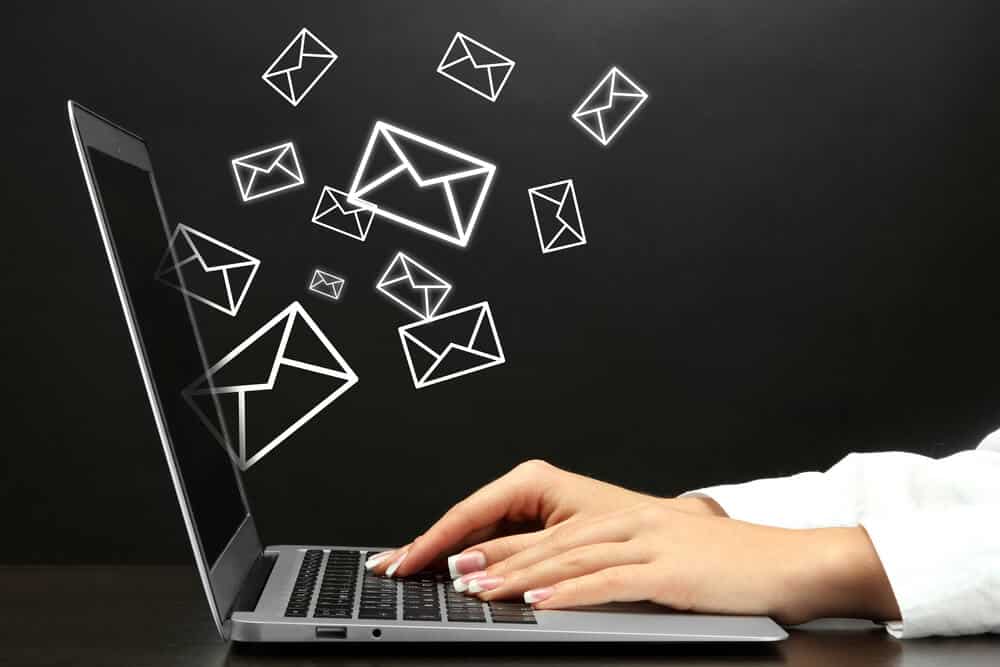
5 Ways You Can Use AI for Smarter B2B Email Segmentation
Most enterprises use artificial intelligence (AI) in B2B email marketing to break down customers into segments. Segmented messaging resonates better with each audience, increasing conversion, retention, and sales.
This article discusses the topic further through the following points:
- AI and advanced data analysis
- Automating segmentation with AI
- Personalization at scale
- Dynamically segmenting for real-time relevance
- Integration of AI with other marketing tools
This article is comprehensive, so get ready to jot down some notes. Let’s go!
Tired of investing in Search Engine Optimization without getting any results? See how Digital Authority Partners turns that around!
The Basics of Email Segmentation in B2B

Email marketing is a potent way for businesses to engage their audience. However, generic emails to a broad audience are ineffective. They are unrelatable and fail to build solid relationships with leads and customers.
A more effective approach is B2B email segmentation. It divides a broad market into niches and groups and tailors messaging to their needs, preferences, and characteristics. Open rates, click-throughs, and conversions increase because the brand now connects with prospects.
Usually, B2B segmentation falls into three categories:
- Industry-based segmentation categorizes subscribers according to their respective industries, such as healthcare, finance, real estate, ecommerce, and manufacturing. It fine-tunes content to address each industry’s needs and challenges.
- Company size segmentation groups leads according to the number of employees, locations, revenue, turnover, assets, and market share. It acknowledges that the needs of small businesses differ from those of larger enterprises.
- Geographic segmentation sorts prospects by location to tailor content to the area’s culture, language, business dynamics, and norms. For instance, an ecommerce platform releases promotional emails during local conventions, exhibits, and other similar events.
Manual vs. Automatic Segmentation
Manual segmentation sometimes works, especially when the subscribers’ list is small. However, as you scale, this process becomes inefficient for the following reasons:
- Time-consuming: Manually sorting an extensive email list takes a lot of time, ranging from a few hours to days.
- Prone to human error: Incorrect categorization or oversight undermines the goal of personalized communication.
- Static and inflexible: Business dynamics change, and relying solely on manual segmentation often results in outdated or inaccurate audience categorization.
- Limited precision: Traditional segmentation methods often use broad categories, such as industry or company size.
- Scalability challenges: Managing an expanding contact list and manually adapting to evolving customer data becomes impractical and limiting.
Businesses are increasingly turning to AI-driven solutions to overcome limitations in manual segmentation and enhance the efficiency of B2B email segmentation. These dynamic, precise platforms divide audiences in real time, improving revenue generation.
5 Ways You Can Use AI for Smarter B2B Email Segmentation

Personalized communication builds long-term meaningful connections. This matters for B2Bs because this strategy helps shorten the sales cycle, increases the customer lifetime value, and creates more predictable recurring revenue.
Email segmentation helps align the messaging with the target audience, and AI optimizes the segments with data-driven nuance. Here are some ways AI can improve your segmentation outcome:
1. Analyzing Big Data
AI swiftly processes vast datasets, uncovering patterns and correlations. Predictive analytics, a critical capability, enables businesses to anticipate customer behaviors based on historical data for proactive content customization.
Combining AI and advanced analytics streamlines the segmentation process and empowers you to make more informed, accurate B2B marketing decisions based on real-time customer data.
2. Automating Segmentation with AI
Automating segmentation enhances the efficiency of email marketing and writing tools. It intelligently categorizes users or content based on many factors, including user behavior, preferences, and demographics.
In email marketing, AI automates segmentation by analyzing vast datasets to identify patterns and trends. The results help personalize communication.
The algorithms also streamline the writing process. They organize and improve content according to context, relevance, and audience engagement. In the process, AI enhances the user experience through tailored information.
The ability of AI to continuously learn and adapt makes segmentation responsive to market changes, optimizing engagement.
3. Personalizing at Scale
AI seamlessly transforms B2B email campaigns using data analysis to customize content for different groups. It fine-tunes subscribers’ experiences through hyper-personalization, influencing engagement and conversion.
The technology breaks down the list into microsegments and then delivers the exact content these niches want to read.
Assume you are a business offering corporate cloud solutions. AI analyzes subscriber behavior and sorts them into groups. Those who downloaded a whitepaper about cybersecurity might become “companies interested in cloud computing.” From then on, they might receive more information about the topic and promos to sign up for cloud management.
This level of precision engagement enhances the effectiveness of emails, answering audience needs and boosting revenue and retention.
4. Dynamically Segmenting for Real-Time Relevance
AI’s dynamic segmentation makes B2B email marketing campaigns relevant and targeted by responding to changes in user behaviors and preferences.
Suppose a consulting firm initially segments its email list based on the industry, company size, and specific consulting services they have used in the past. The AI processes data and learns that technology clients are increasingly interested in digital transformation strategies. It also identifies a group of retail customers reading more about user experience and engagement.
Using this information, the AI dynamically updates segments and customizes email campaigns.Technology-oriented clients receive newsletters about the successful use of digital platforms. Retail clients get expert tips about customer experience and the industry’s best practices.
Analyzing data and user activities with AI consistently aligns email marketing campaigns with the market and business shifts.
5. Integrating AI Segmentation with Other Marketing Tools
Integrating AI-driven segmentation with customer relationship management (CRM) systems, email marketing platforms, and analytics tools enhances B2B marketing strategies through the following:
- Enhanced precision: AI-driven segmentation complements other marketing tools, improving accuracy in audience categorization.
- Seamless integration: Integration with CRM systems, email marketing platforms, and analytics tools promotes a more seamless data flow.
- Holistic approach: Integrating B2B segmentation into marketing and sales tools fosters a comprehensive audience understanding.
- Real-time strategy refinement: The synergy lets you promptly respond to market changes.
- Personalized experiences: A cohesive workflow delivers more personalized and impactful experiences across various marketing channels.
- Streamlined operations: Integration enhances marketing effectiveness and streamlines operations for more efficient campaigns.
- Deeper customer understanding: You cultivate a deeper understanding of customer behaviors that help boost conversion and retention.
Challenges and Best Practices in Implementing AI for Segmentation

Implementing AI for email segmentation has challenges. These include the need for high-quality integrated data, initial investment costs, staff training gaps, privacy concerns, and potential algorithmic bias. No matter how dynamic and innovative these tools may seem, the technology still lacks the judgment of well-trained staff.
Overcoming these hurdles involves setting clear objectives, starting small before scaling up, fostering team collaboration, regular AI algorithm audits, prioritizing data security and customer transparency, and staying adaptable to market changes.
Success hinges on a holistic approach that covers continuous monitoring, feedback loops, and updated information on B2B AI trends.
Summing Up
AI for B2B email segmentation empowers businesses with precise, personalized marketing strategies. It offers enhanced targeting, streamlined operations, and deeper customer understanding.
Overcoming challenges such as data quality and initial investment requires a strategic approach involving clear objectives, gradual scaling, and team collaboration. Partnering with Digital Authority Partners (DAP) helps you navigate these issues while leveraging the full potential of intelligent B2B email marketing.
Contact us today to learn more.
Want To Meet Our Expert Team?
Book a meeting directly here




